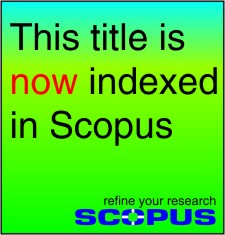Evaluation of the Suitability of the Soils of the Banks of the Tigris River in the Districts of Qal'at Saleh and Qurna for Wheat Production according to the (Sys) Standard
Ibrahim Qasim Jumaa, Kadhim Shantah Saad
The study aims to assess the suitability of the soils of the banks of the Tigris River in the districts of Qal'at Saleh and Qurna to produce wheat crop according to the standard (SYS), as the study showed the suitability of the soil of the study area for the cultivation of wheat crop has been used in which a mathematical equation by giving a value to the requirements of its cultivation to reach the determination of appropriate categories for the crop, and the study concluded that wheat at its general rate is located in one category (very appropriate) and this indicates the suitability of the soil of the study area to grow this strategic crop and important for the population. Soil suitability: It is the process of evaluating certain types of soil into categories related to their suitability for a particular type of soil use. Tigris river banks: They are the areas adjacent to the course of the Tigris River, which can accommodate a distance of about 500 to 1000 meters, characterized by soil with good physicochemical properties suitable for agriculture. Qurna District: It is one of the districts of the Great Governorate of Basra and is located about 80 km north of the city of Basra, in which the Tigris and Euphrates rivers meet to form together the course of the Shatt al-Arab. Qalaat Al-Saleh District: It is one of the districts of Misan Governorate in southern Iraq, located about 45 km south of the city of Amara and bounded from the southern side Qurna district in Basra Governorate.
Keywords: Qal'at Saleh, Qurna, (SYS) standard, Misan Governorate



